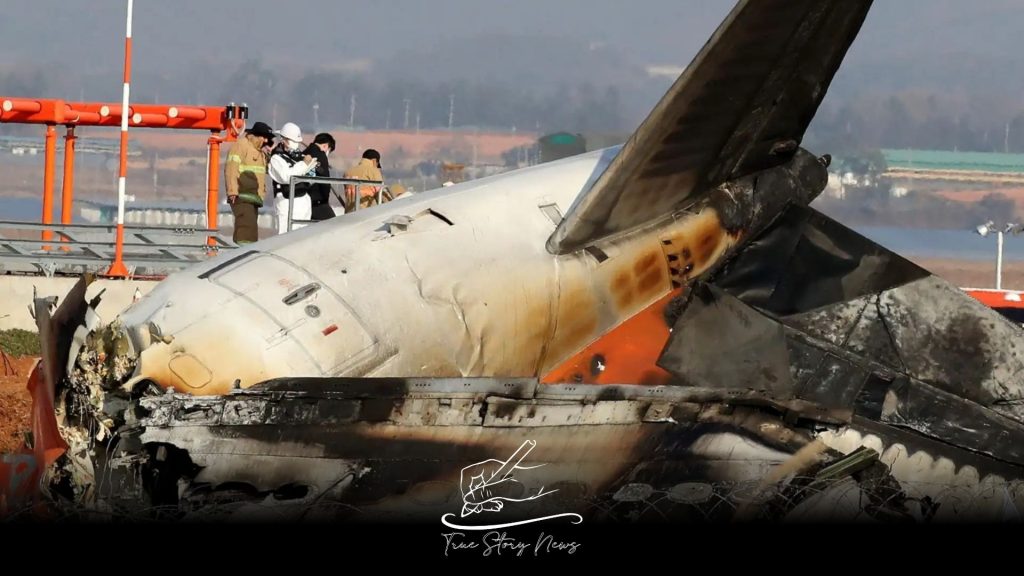Authorities have reported the discovery of evidence indicating a bird strike on a passenger aircraft that tragically crashed in South Korea last December, resulting in the loss of 179 lives.
A preliminary investigation report released on Monday indicates that the feathers and blood stains found on both engines of the Jeju Airplane originated from the Baikal teal, a species of migratory duck known for its tendency to travel in large flocks.
The investigation into the crash, the deadliest incident on South Korean soil, will now center on the impact of the bird strike and the concrete structure at the end of the runway that the aircraft collided with.
A report indicates that the Boeing 737-800 engines are set to be dismantled, while the concrete structure will undergo additional scrutiny.
A Jeju Air flight departed Bangkok on the morning of December 29, en route to Muan International Airport in the southwest of the country.
At approximately 08:57 local time, just three minutes after the pilots established communication with the airport, the control tower alerted the crew to exercise caution due to reported “bird activity.”
At 08:59, the pilot communicated that the aircraft had collided with a bird and issued a mayday alert.
The pilot subsequently sought clearance to land from the opposite direction, resulting in a belly landing as the landing gear remained undeployed. A report indicated that the vehicle overran the runway and exploded upon colliding with the concrete structure.
Officials have reported that the aircraft’s flight data and cockpit voice recorders ceased recording approximately four minutes before the incident.
Experts familiar with the aircraft involved in the crash have raised concerns about the concrete barriers at the runway’s end. Some have indicated that the number of casualties might have been reduced had these barriers not been in place.
A concrete structure houses a navigation system designed to aid in aircraft landings, referred to as a localizer.
South Korea’s transport ministry announced that this system may be implemented in additional airports nationwide and potentially in international locations.
In a significant development, authorities revealed their plans to modify the concrete barriers utilized for navigation at seven airports nationwide last week. Following a comprehensive review, adaptations will be made to the runway safety areas at seven airports.
A preliminary report has been delivered to the United Nations aviation agency, as well as to the authorities in the United States, France, and Thailand.












